Ireland Adventure
Today we started the day in Ireland and ended up in Northern Ireland, which is technically part of the United Kingdom. We packed up and left Westport and headed inland to the Irish town of Strokestown. The landscape changed as we moved inland from the rugged coastline, which we had been hugging as we drove along the Wild Atlantic Way, to a more rolling hills, pastoral look. Quite different, but no less beautiful.
About 100km inland is Strokestowne where the National Famine Museum is located. The museum tells the specific story around the famine, the local English lord, and the local residents.
Approximately 30,000 residents lived as tenants (cottiers) or laborers. The tenants rented around 2-3 acres each from the local lord named Denis Mahon. Laborers would have worked for a tenant but were only allowed to grow some potatoes on a small patch of the tenants land as pay for their labor. At the time of the famine, this became untenable.There were too many people on small, unproductive bits of land.
Mahon first attempted to give his tenants some seed to grow other crops, but with little success. He then attempted to get the poorest tenants off his land by paying for them to immigrate to North American, which seems like an "charitable" thing to do. About 3000 tenants and laborers were basically force marched to Dublin, a walk of about 160km and then put on boats to Canada. With their weakened condition due to the famine, the march, and the difficult trip over the ocean, only about half the group made it to Canada alive. Mahon was ultimately shot and killed by a local group who were protesting English rule. Just a sad tale all around of a difficult time in Irish history. There was more sadness to come as we then headed north to Derry, the scene of much unrest during "The Troubles" of 1965 through the late 1990’s.
Nothern Ireland was created as part of the United Kingdom in 1921 in the agreement between the Irish and UK. This agreement gave the rest of Ireland its independence. Northern Ireland had become more "British/Protestant" over the years due to aggressive immigration on the part of the English, and the English did not want it to become part of Ireland. There was still a large Irish/Catholic presence in Nothern Ireland and in the years after 1921 they were treated poorly by the English majority. Voting rights were limited, housing conditions were poor, there were limited jobs, etc. The effect of this was a civil rights movement in the late 1960’s that boiled over into basically a guerrilla war through the 1970’s to 1990’s. The so called “Troubles”.
Derry, along with Belfast, was the center of the Troubles. We had the amazing opportunity to take a 2 hour walking tour with a local guide through the Bogside neighborhood in Derry where both civil rights marches occurred and where there was also fighting and tragedy.
The most famous tragedy was Bloody Sunday, which occured on Sunday, January 30, 1972. British soldiers open fire on 18,000 peaceful marchers, killing 13 and injuring many more. Our guide's name was John McKinney and one of his brothers was among the men shot and killed that day. He was shot in the back as he fled.
John talked about the entire history of the Troubles, up through and including the 1998 Good Friday peace agreement. We toured around the area where Bloody Sunday occurred and he even took us to the spot his brother was killed. Bogside is also famous for its murals, painted on walls and houses commemorating both the civil rights movement and the tragedies that occurred there. Calling it a fascinating and moving tour would be an understatement.
We finished the evening with dinner and a stroll around the city walls built in the 1600’s by the English occupiers. These provide a constant reminder of the history of the area.
Heather Knapp
20 chapters
14 Apr 2023
Day 15: Westport to Derry
Derry
Today we started the day in Ireland and ended up in Northern Ireland, which is technically part of the United Kingdom. We packed up and left Westport and headed inland to the Irish town of Strokestown. The landscape changed as we moved inland from the rugged coastline, which we had been hugging as we drove along the Wild Atlantic Way, to a more rolling hills, pastoral look. Quite different, but no less beautiful.
About 100km inland is Strokestowne where the National Famine Museum is located. The museum tells the specific story around the famine, the local English lord, and the local residents.
Approximately 30,000 residents lived as tenants (cottiers) or laborers. The tenants rented around 2-3 acres each from the local lord named Denis Mahon. Laborers would have worked for a tenant but were only allowed to grow some potatoes on a small patch of the tenants land as pay for their labor. At the time of the famine, this became untenable.There were too many people on small, unproductive bits of land.
Mahon first attempted to give his tenants some seed to grow other crops, but with little success. He then attempted to get the poorest tenants off his land by paying for them to immigrate to North American, which seems like an "charitable" thing to do. About 3000 tenants and laborers were basically force marched to Dublin, a walk of about 160km and then put on boats to Canada. With their weakened condition due to the famine, the march, and the difficult trip over the ocean, only about half the group made it to Canada alive. Mahon was ultimately shot and killed by a local group who were protesting English rule. Just a sad tale all around of a difficult time in Irish history. There was more sadness to come as we then headed north to Derry, the scene of much unrest during "The Troubles" of 1965 through the late 1990’s.
Nothern Ireland was created as part of the United Kingdom in 1921 in the agreement between the Irish and UK. This agreement gave the rest of Ireland its independence. Northern Ireland had become more "British/Protestant" over the years due to aggressive immigration on the part of the English, and the English did not want it to become part of Ireland. There was still a large Irish/Catholic presence in Nothern Ireland and in the years after 1921 they were treated poorly by the English majority. Voting rights were limited, housing conditions were poor, there were limited jobs, etc. The effect of this was a civil rights movement in the late 1960’s that boiled over into basically a guerrilla war through the 1970’s to 1990’s. The so called “Troubles”.
Derry, along with Belfast, was the center of the Troubles. We had the amazing opportunity to take a 2 hour walking tour with a local guide through the Bogside neighborhood in Derry where both civil rights marches occurred and where there was also fighting and tragedy.
The most famous tragedy was Bloody Sunday, which occured on Sunday, January 30, 1972. British soldiers open fire on 18,000 peaceful marchers, killing 13 and injuring many more. Our guide's name was John McKinney and one of his brothers was among the men shot and killed that day. He was shot in the back as he fled.
John talked about the entire history of the Troubles, up through and including the 1998 Good Friday peace agreement. We toured around the area where Bloody Sunday occurred and he even took us to the spot his brother was killed. Bogside is also famous for its murals, painted on walls and houses commemorating both the civil rights movement and the tragedies that occurred there. Calling it a fascinating and moving tour would be an understatement.
We finished the evening with dinner and a stroll around the city walls built in the 1600’s by the English occupiers. These provide a constant reminder of the history of the area.
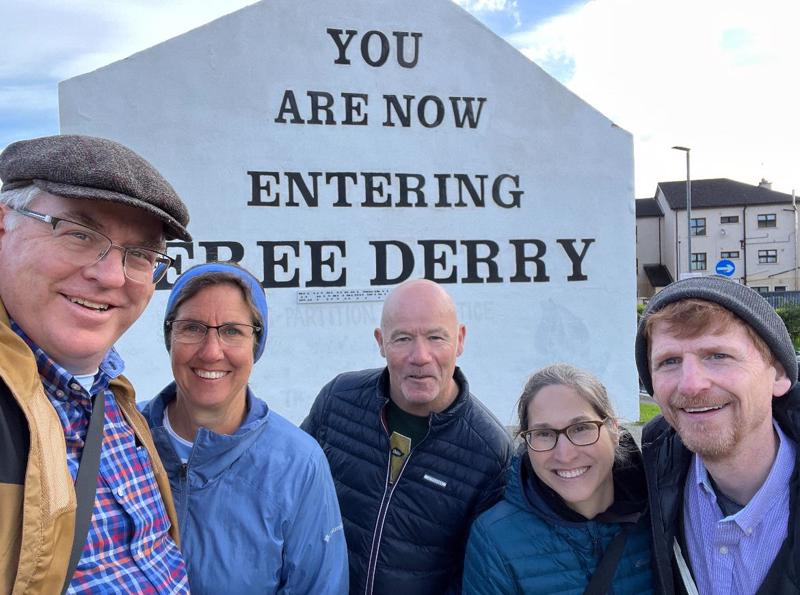

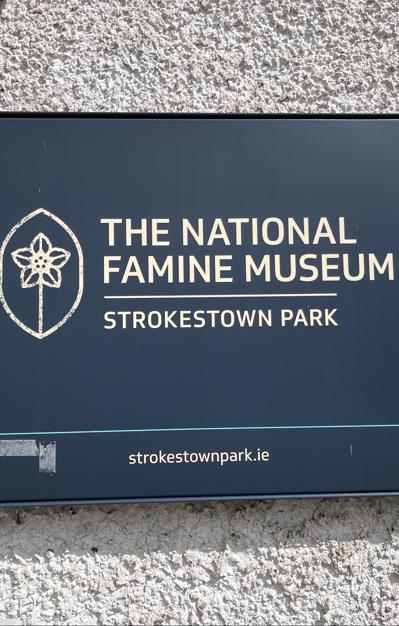
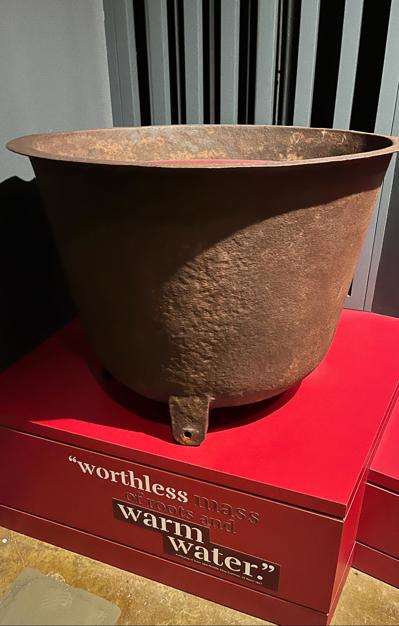
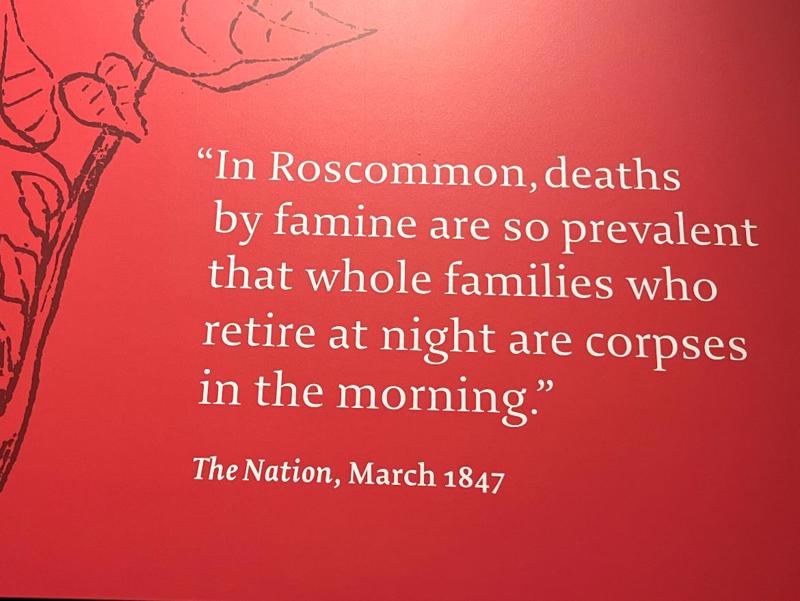

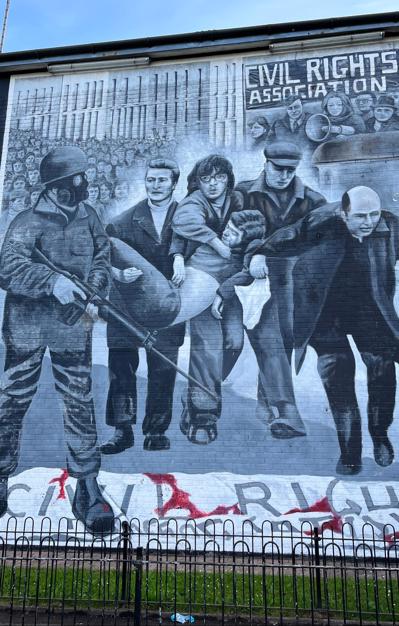
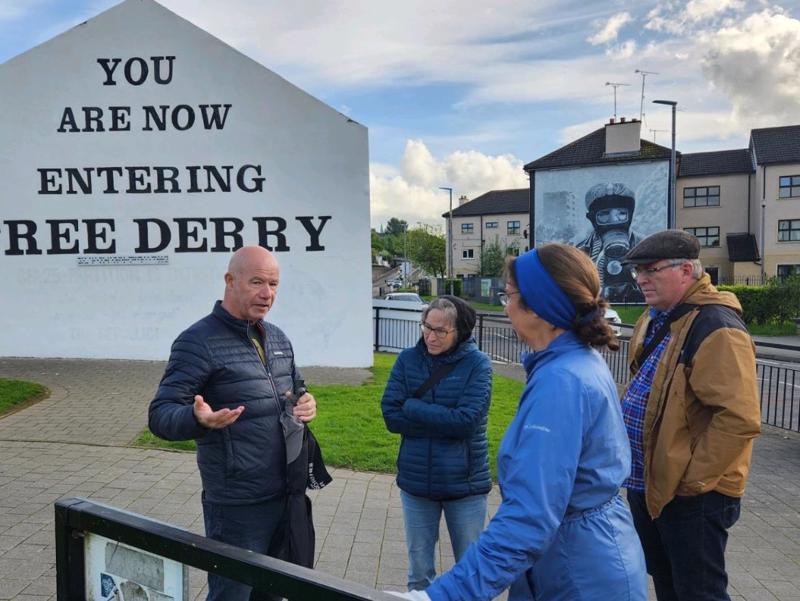
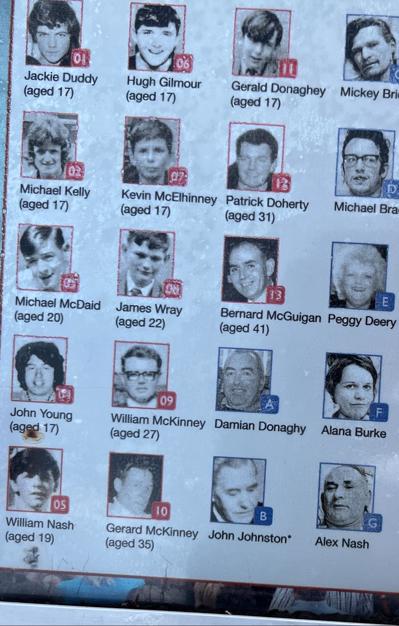

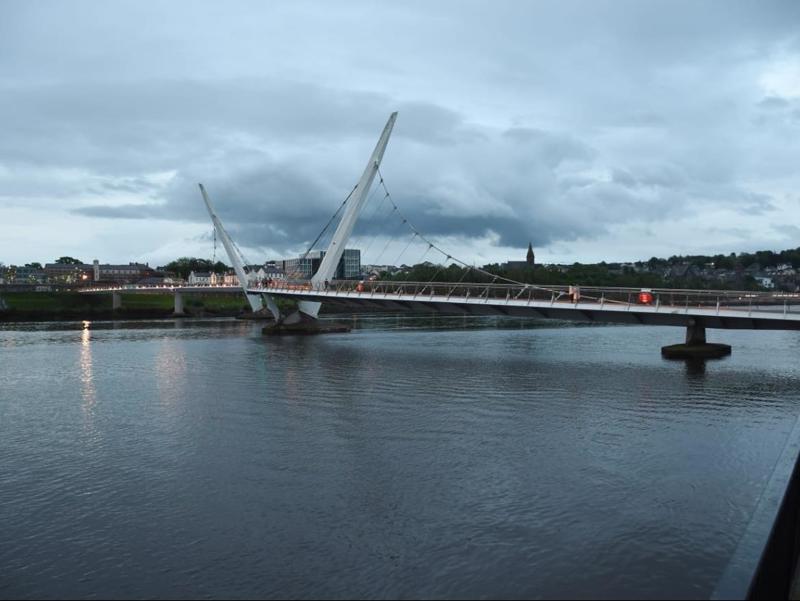

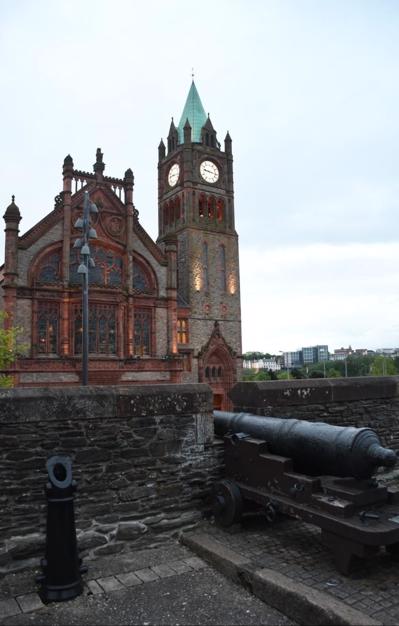
1.
Our Ireland Adventure is About to Begin
2.
Day 1: Travel Day (4/24) & Walking Tour (4/25)
3.
Day 2: Dublin
4.
Day 3: Last Day in Dublin
5.
Day 4: Wiclow and Kilkenny
6.
Day 5: Kilkenny to Waterford
7.
Day 6 : Waterford to Skibbereen
8.
Day 7: In & Around Skibbereen
9.
Day 8: Last Day in Skibbereen
10.
Day 9: Driving the Beara Peninsula to Kenmare
11.
Day 10: Driving the Kerry Peninsula
12.
Day 11: Driving the Ring of Dingle
13.
Day 12: Doolin (Cliffs of Moher) to Inishmore
14.
Day13: Touring Inishmore
15.
Day 14: Inishmore to Westport
16.
Day 15: Westport to Derry
17.
Day 16: Touring Northern Ireland (Giants Causeway)
18.
Day 17: Belfast to Slane
19.
Day 18: Touring Boyne Valley (Our last day)
20.
Day 19: Homeward Bound - Dublin to Chicago
Share your travel adventures like this!
Create your own travel blog in one step
Share with friends and family to follow your journey
Easy set up, no technical knowledge needed and unlimited storage!
© 2025 Travel Diaries. All rights reserved.